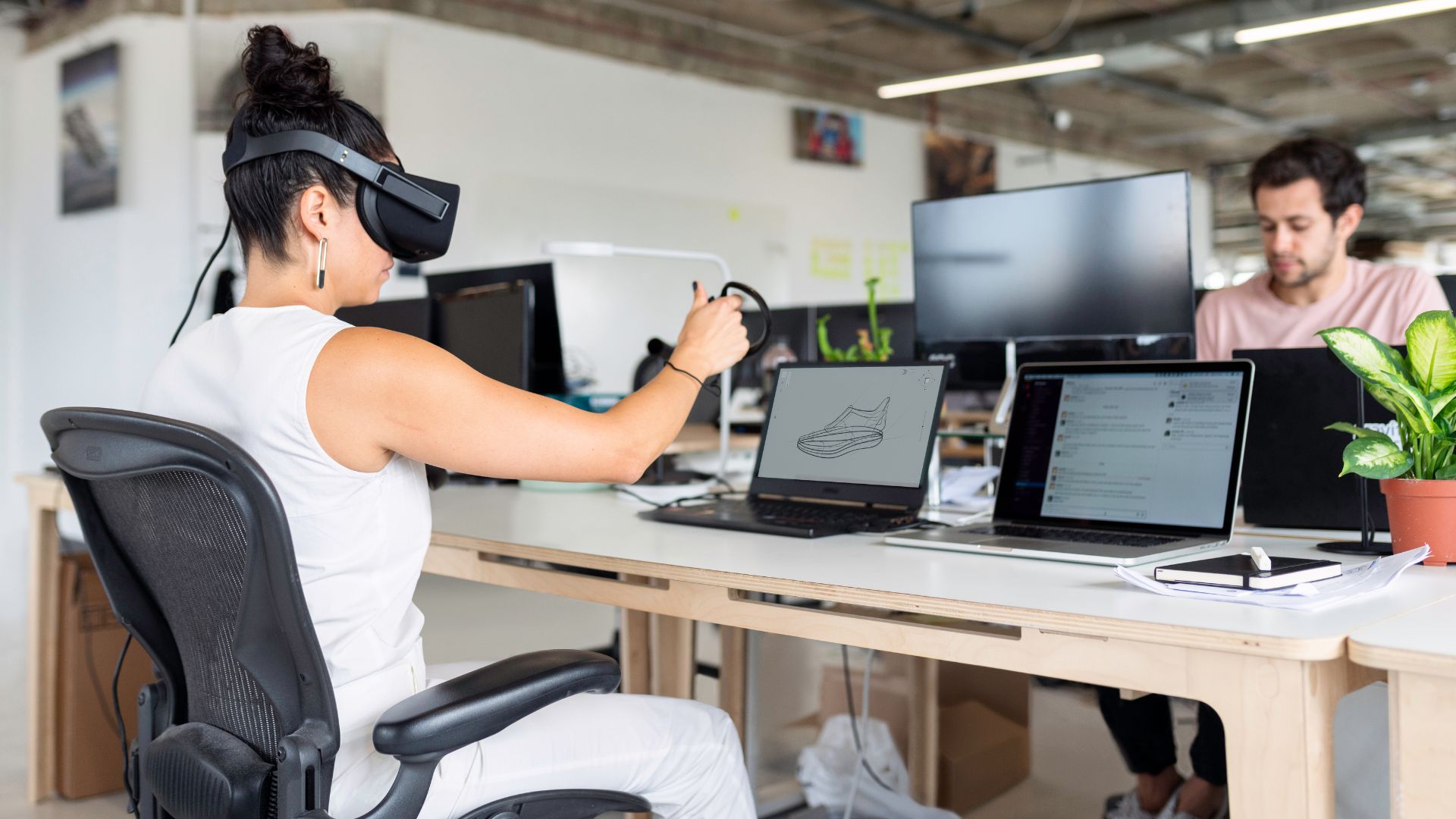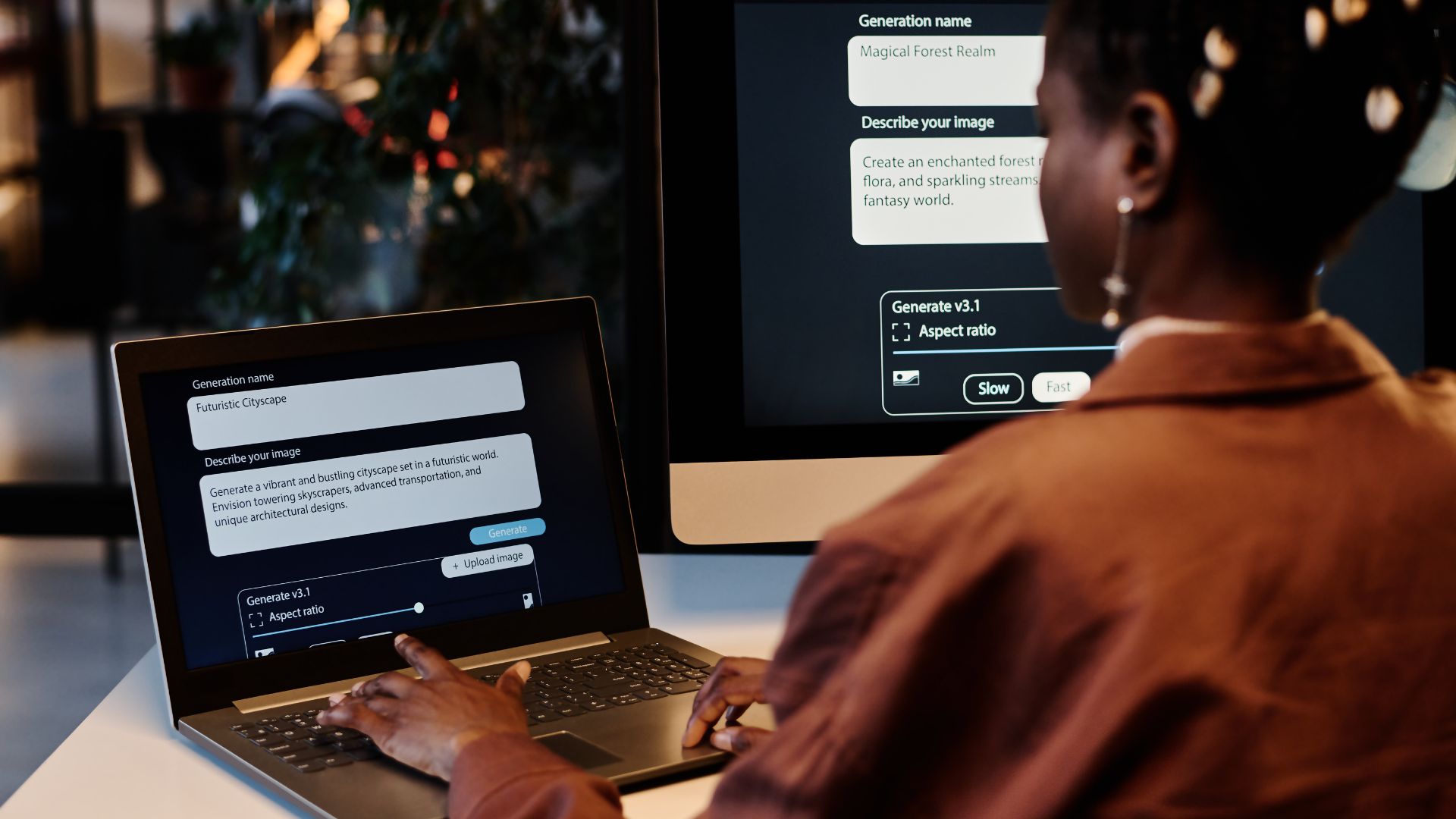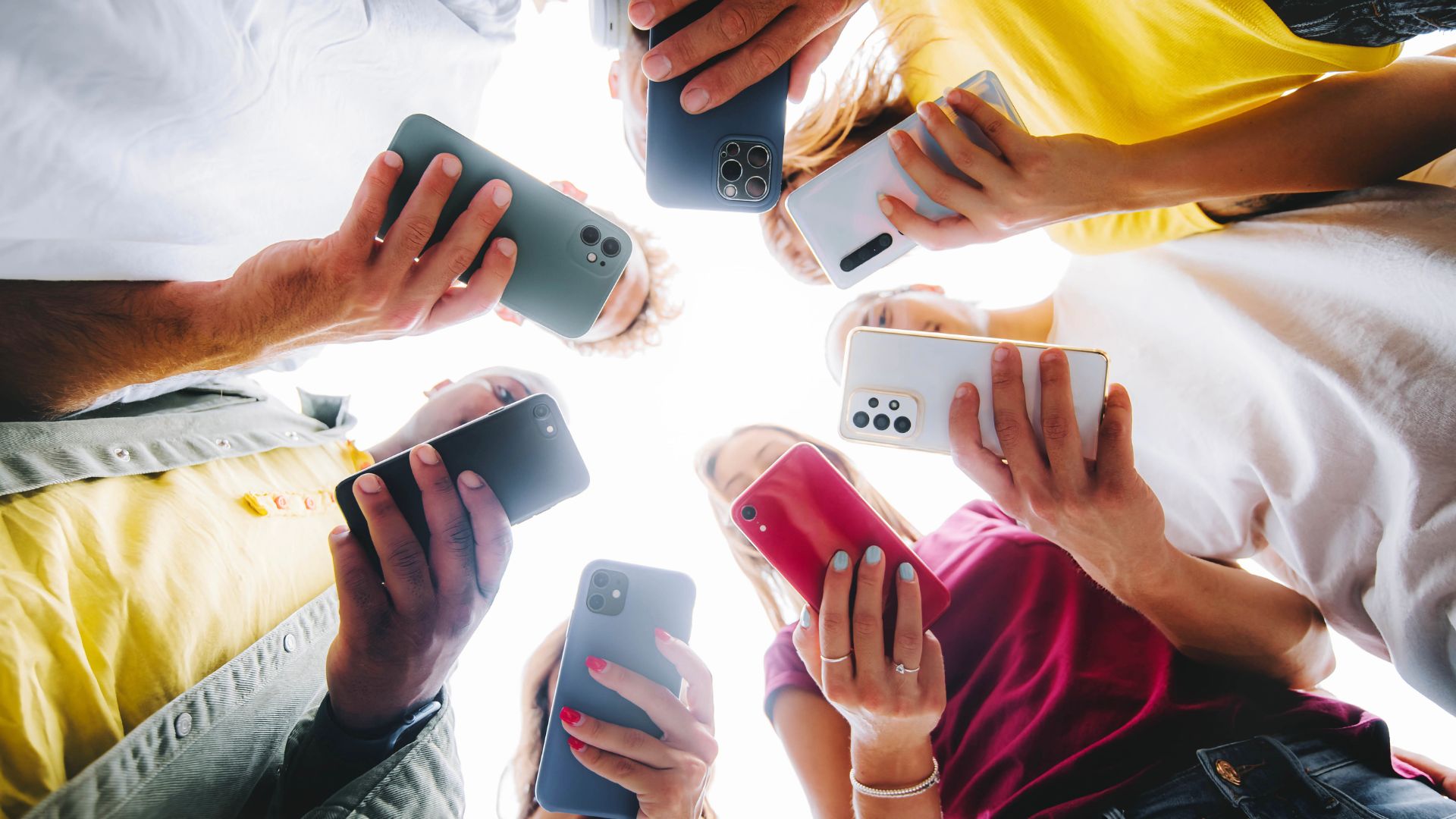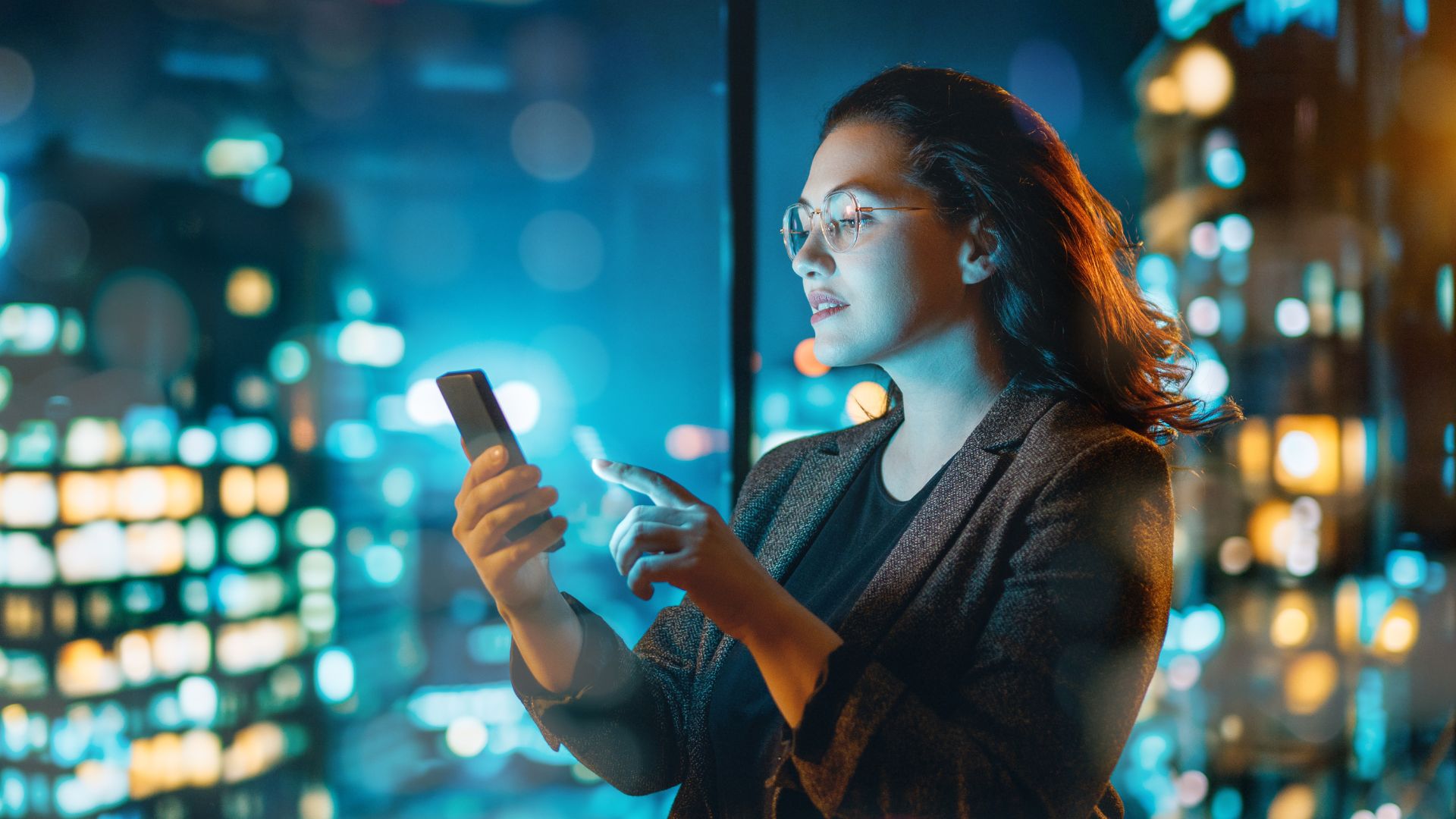Amidst the resounding digital noise of today, one voice that is creating the loudest splash is AR/VR – Augmented Reality and Virtual Reality. More and more brands are turning to the immersive features that AR/VR has to offer, leveraging its multiple benefits to capture, convert, and connect with their audience.Gartner estimates that by 2026, 25% of people will spend at least one hour a day in immersive digital environments – be it shopping, socializing, work, or entertainment. So it’s essential that brands meet their customers where they’re increasingly spending their time. Let’s take a closer look at how AR/VR is changing the digital landscape.
AR/VR Applications in the Real World
Once the popular domain of gaming and entertainment, AR/VR has now extended far beyond, serving as powerful tools for customer engagement and product visualization. Here are some popular use cases.
- Brands such as Sephora and Ray-Ban use real-time face mapping to enable shoppers to virtually try out their products like cosmetics or eyewear.
- IKEA and other furniture brands allow shoppers to virtually place 3D scale models of furniture in their living spaces.
- Home improvement companies such as Lowe’s offer virtual walkthroughs and immersive VR tutorials for a hands-on experience.
- Hospitality giants like Marriott Hotels have introduced virtual tours where potential guests can “visit” a specific destination before making a booking.
- Car companies, including Volvo and Toyota, offer adventure simulations and virtual test-drives, enabling customers to experience the product before making a purchase.
- AR filters are also gaining popularity on social media, with brands like Dior leveraging the technology to gain millions of views and sales.
How is AR/VR a Digital Game-Changer?
The business case for integrating Augmented Reality and Virtual Reality into digital marketing is compelling. Here are some of the measurable benefits.
- Higher Engagement: A Statista survey recently revealed that AR experiences can boost engagement times up to 200% in comparison to traditional content. The average dwell time can go up from 2 minutes to over 7 minutes with the use of AR/VR.
- Increase in Conversion Rates: According to Shopify, there is a 94% increase in conversion rates in cases of product interactions using AR. VR digital campaigns show significant improvement in conversions compared to standard campaigns, with industries like retail, automobiles, and real estate seeing increases of 400-500%.
- Improved ROI: The gains on ROI for VR campaigns are up to 37% higher than those on traditional campaigns. AR campaigns lower the cost‑per‑engagement as well as development costs. The return rates for brands using AR/VR have dropped by up to 25%.
Stronger Brand Recognition: The use of AR/VR to create immersive experiences has led to 76% consumers reporting they feel more connected to the brand, perceiving it as more trustworthy and innovative. This helps to consolidate brand loyalty, customer satisfaction, and buyer retention.
5 Tips to Get Started With AR/VR in Digital Marketing
- Experiment with Social AR
Social media platforms like Instagram, TikTok, and Snapchat offer a myriad of cost-effective AR tools that brands can leverage to launch their own custom filters. Customers can use them to try on eyewear and cosmetics, or check out product demos. - Utilize Web-Based AR
Web AR enables consumers to experience AR through their mobile browsers without needing to download any additional apps or software. This results in better reach and accessibility. Web AR can be used effectively for event promotions, brand previews, and product marketing. - Integrate 360° Videos and VR Tours
360-degree video content is a great way to start off with AR/VR in digital marketing. Create immersive environments like virtual product demos, showroom walk-throughs, or test drives. Travel agencies, automobile brands, and real estate companies have been successfully using these formats to drive sales and engagement. - Partner with AR/VR companies
Collaborate with AR/VR agencies to create immersive, interactive content such as face-mapping filters or virtual shopping environments. Companies like Adobe Aero and Unity can help even small businesses with AR/VR experimentation without requiring heavy coding or -house developers. - Keep Testing and Tracking
Keep track of important metrics – dwell times, interactions, click-through rates, and post-engagement behaviors. Utilize these analytics to scale successful components and refine your AR/VR offerings.
Immersive marketing is poised for major disruption in all sectors, making AR and VR essential digital tools. There is a surge in virtual, co-created spaces, with leading brands building virtual storefronts within the metaverse and offering gamified shopping experiences. Companies who want to stay ahead need to embrace immersive AR/VR technology and position it as a cornerstone of their digital strategy to redefine what is possible in digital marketing.
At DigiDrub, our team of experts crafts cutting-edge AR/VR solutions that are customized to boost engagement, drive conversions, and create unique brand experiences for your audience. Reach out to us for a consultation today.




